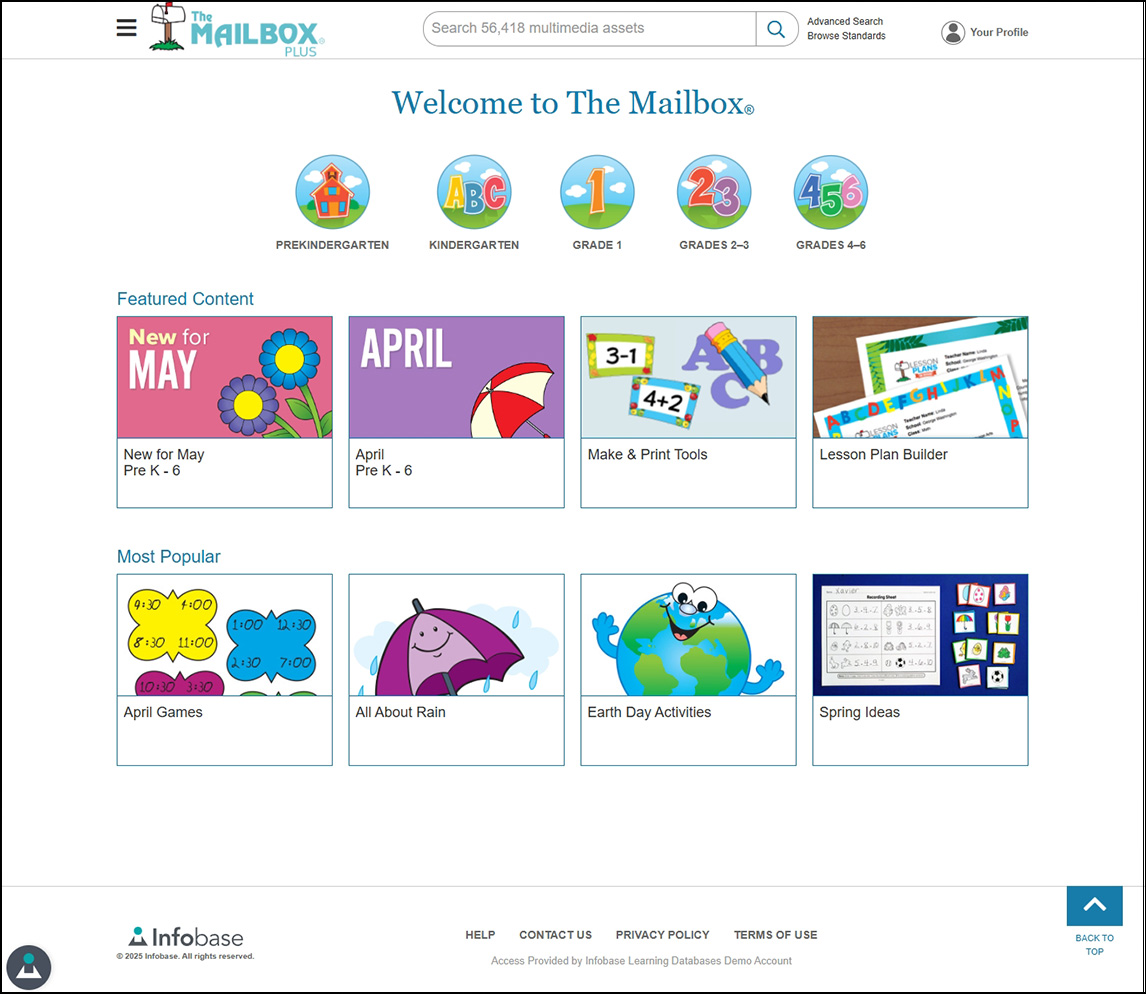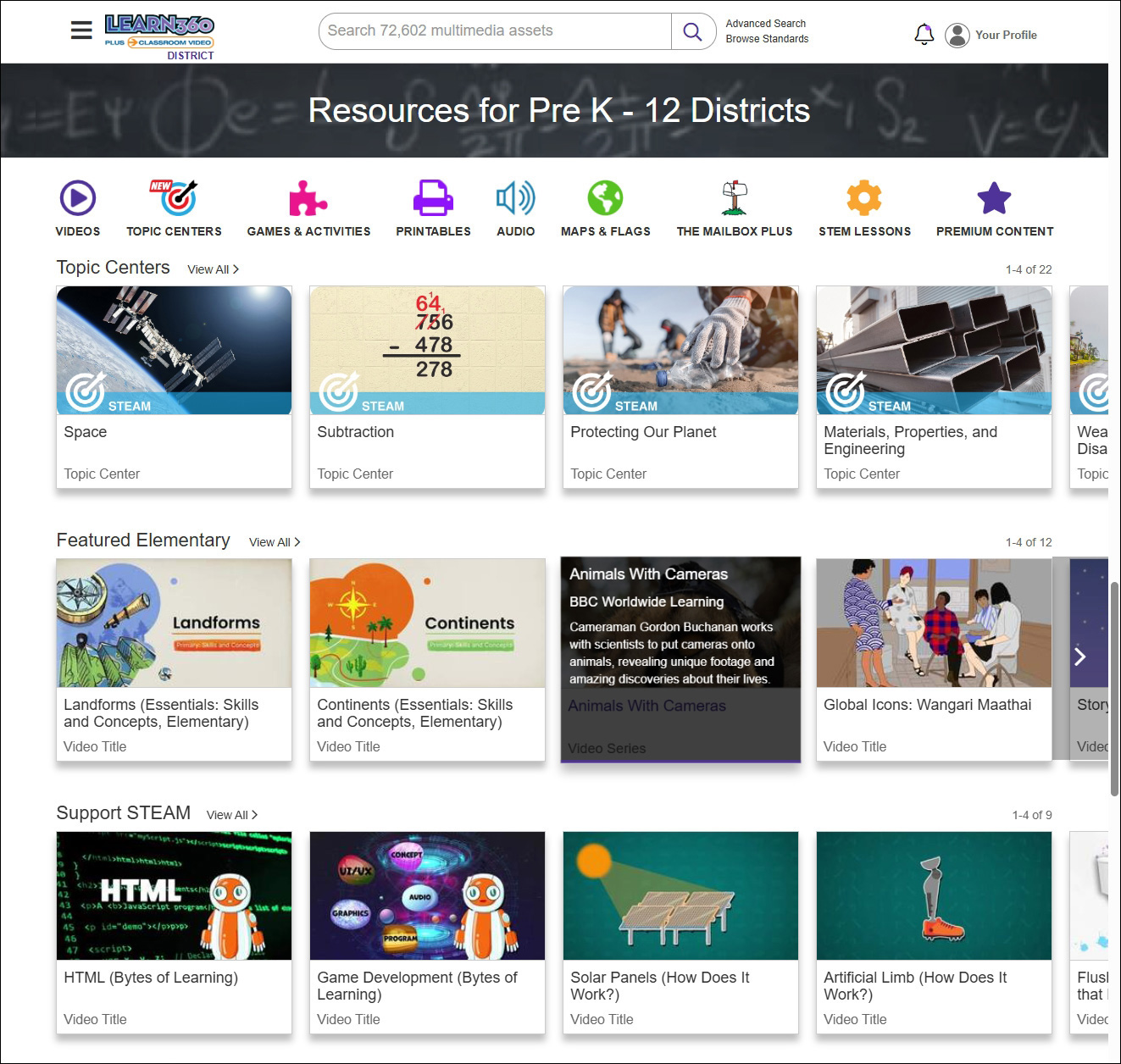3 Ways Educators Can Help Students Fight Brainrot

If you’ve been following the news, you’ve more than likely heard about brainrot (or “brain rot”), a buzzword that is currently so omnipresent, it was named Oxford’s Word of the Year in 2024. We’re all guilty of it—doomscrolling on social media, watching short and low-quality video clips out of boredom, etc.—and there’s a lot of debate over how much of a problem brainrot is for children and young adults, with opinions ranging from “can have far-reaching effects on young adult mental health” to “this moral panic is unfounded.”
Regardless of how much of a problem brainrot really is for young people, K–12 school educators and homeschooling parents with public library access alike can take steps to help them mitigate the worst aspects associated with it. Here are three ways those educators can help, with some recommended tools that can help them do it.
Encourage Digital Hygiene
K–12 educators and homeschoolers can encourage young people (and other adults, too!) to practice digital hygiene, teaching them best practices they can follow to avoid the exhaustion and reduced attention span associated with brainrot. Good digital hygiene includes things like:
- Setting time limits on how much students’ devices or certain apps are used (this can be done with apps)
- Scheduling “tech-free” hours, especially before bed to unwind before sleep (getting a good night’s sleep is essential for brain health, especially in children)
- Establishing focus time to get non-tech-related homework and assignments done
- Encouraging tech-free hobbies and family time activities
School educators can put together handouts with tips on how to be mindful of tablet time and pair them with handouts that promote study skills, like “Super Study Skills” from The Mailbox® Plus. Available to K–12 schools and districts as well as public libraries with homeschool populations, The Mailbox Plus features more than 54,000 teacher-created printable lesson ideas and worksheets for prekindergarten through grade 6—which, once printed, don’t require any tech.

Promote Media Literacy
The low-quality content associated with brainrot can sometimes contain misinformation and disinformation. Many schools have taken steps toward battling brainrot by promoting information and media literacy, encouraging students to exercise critical-thinking skills, ask tough questions, and double-check facts. There are many supplementary educational resources that can help teach media literacy, which we discuss at length here. Several of these resources are available to public libraries as well as K–12 schools and districts, making them useful to homeschoolers as well.
Special consideration must be given to content produced via artificial intelligence (AI), as that is often the source of much low-quality content as well as disinformation campaigns. Educators in K–12 schools can use Infobase’s new Artificial Intelligence (AI) Streaming Video Collection, a curated collection of videos on AI for educators and secondary school students alike that offers a structured, engaging way to both teach and learn about this evolving technology, including the ethical implications of its use. Learn more about this collection here.
Introduce Young People to Better Media Sources
It’s not always easy to pry a device out of a young person’s fingers, but we can at least try to replace the low-quality content associated with brainrot with something much higher quality. School and public libraries can provide access to acclaimed streaming platforms with high-quality, entertaining content that, much like YouTube and TikTok, can be accessed anytime, anywhere. Here are two that are worth a look:
- Learn360: This platform for K–12 schools and districts is a multimedia resource library curated across subjects and grade levels. In addition to supplementing teacher-led instruction and extending student instruction, Learn360 also features fun series and videos from Arthur, Sesame Street™, Doggyland, and Reading Rainbow for children as well as engaging educational content for older students from producers such as HBO®, BBC Learning, National Geographic, and more. Content can be filtered by elementary (grades PreK–5) or middle/high school (grades 6–12) as needed for your student population.

- Just for Kids: This platform for public libraries gives children—and their parents—a kid-safe streaming video platform that is ideal for preschoolers and early learners, an after-school or ESL/ELL program, homework help, or resources for homeschoolers that patrons can access in the library or at home. Just for Kids also has a wealth of fun videos and shows, from action-packed cartoons like The Adventures of Sonic the Hedgehog to PBS favorites like Arthur, Sesame Street, and Lyla in the Loop.
